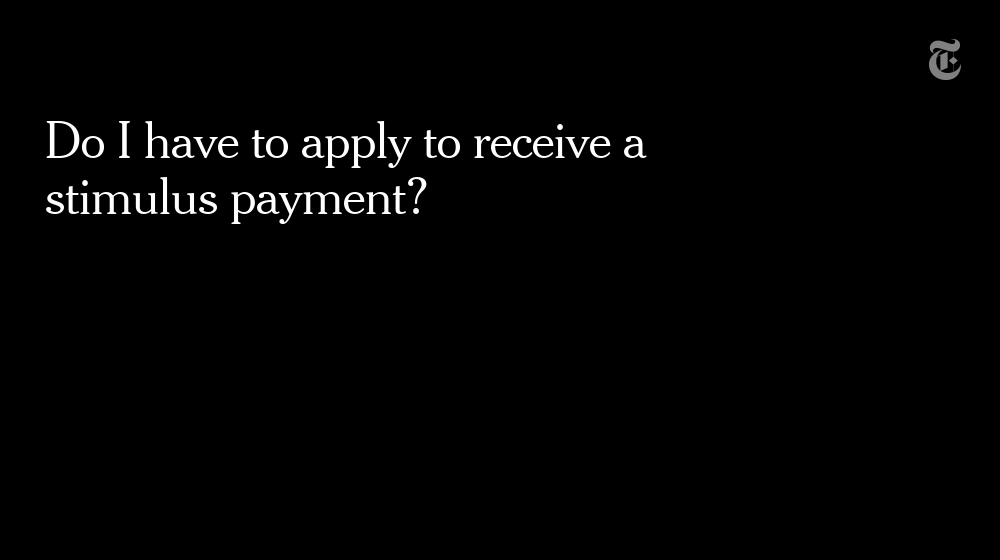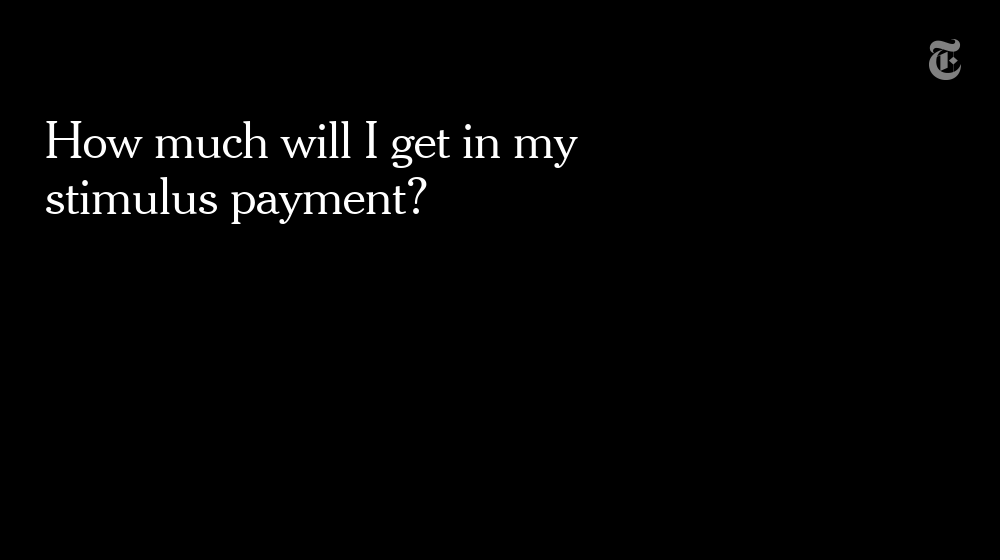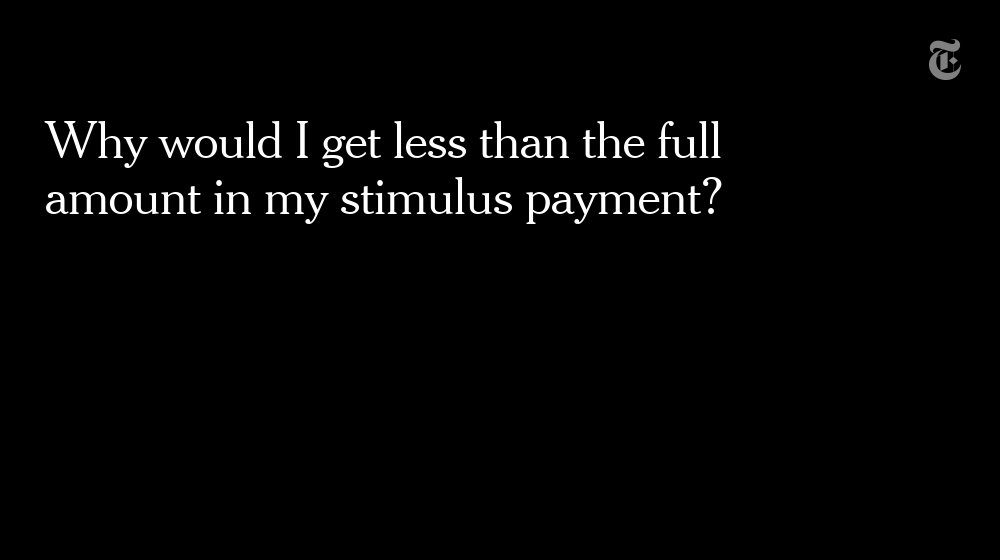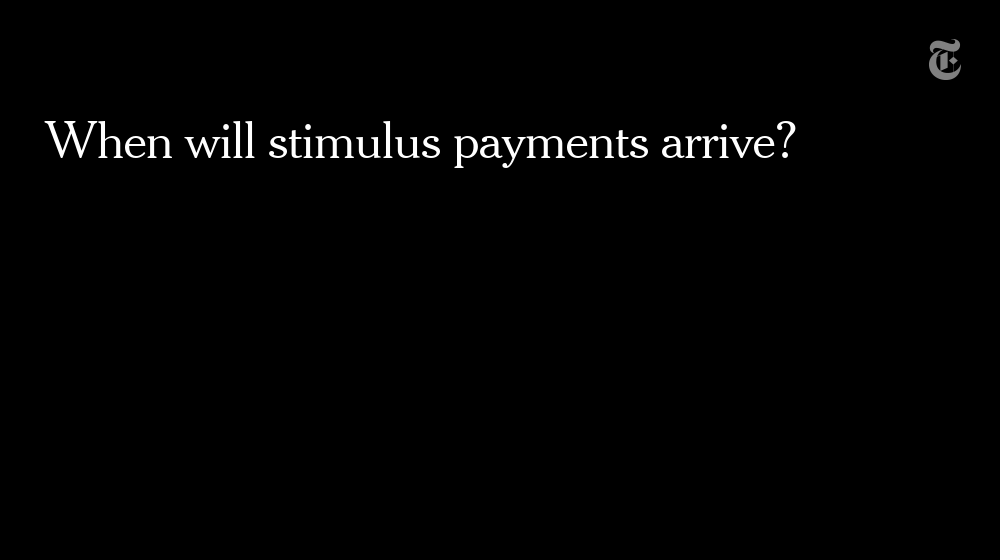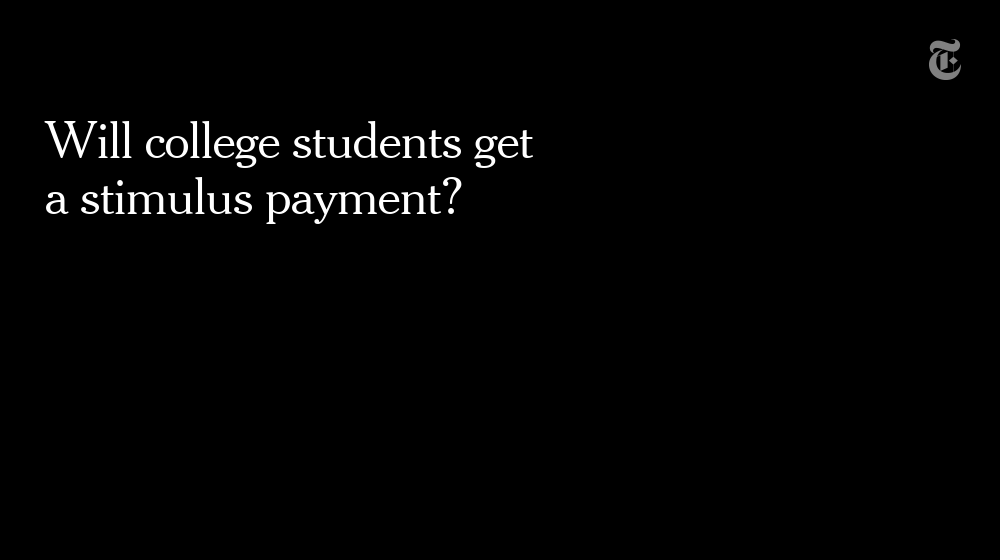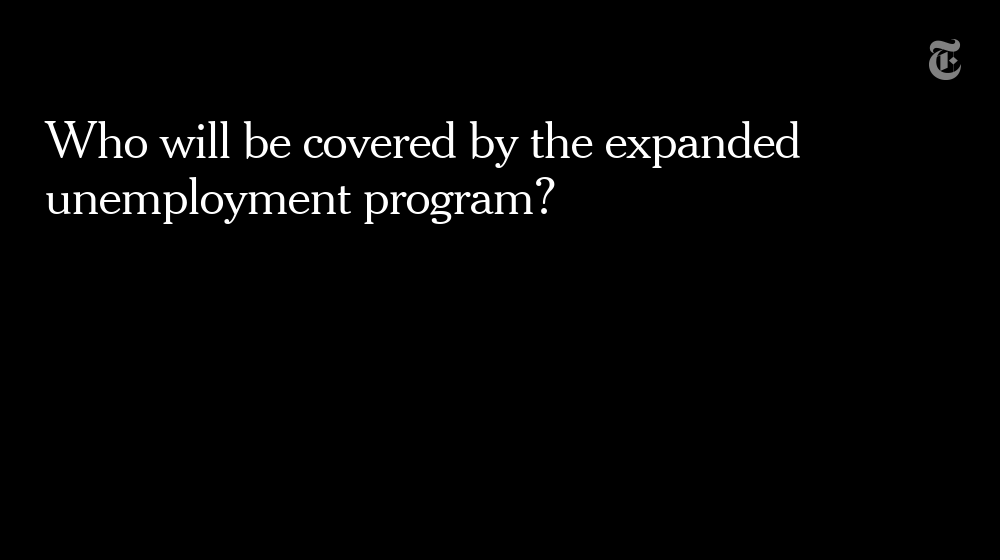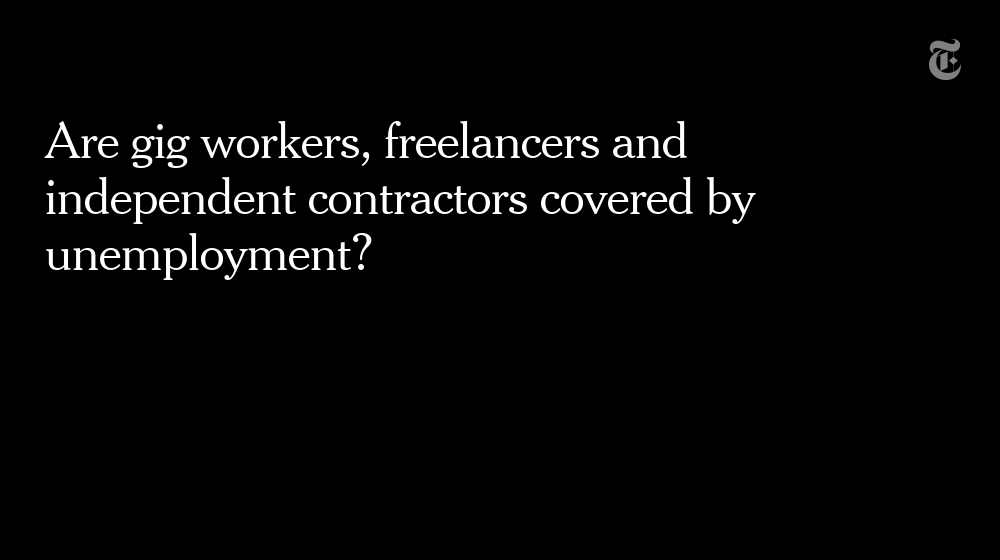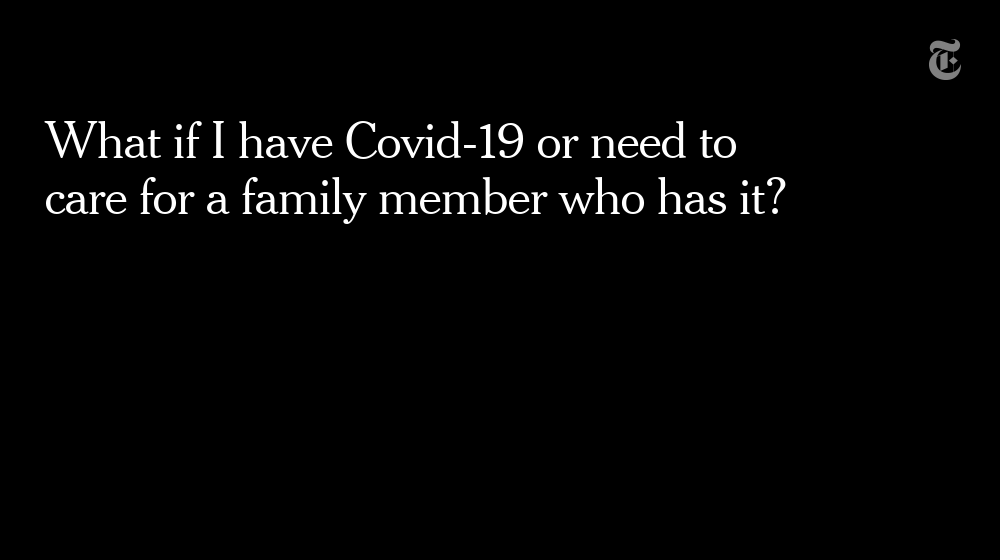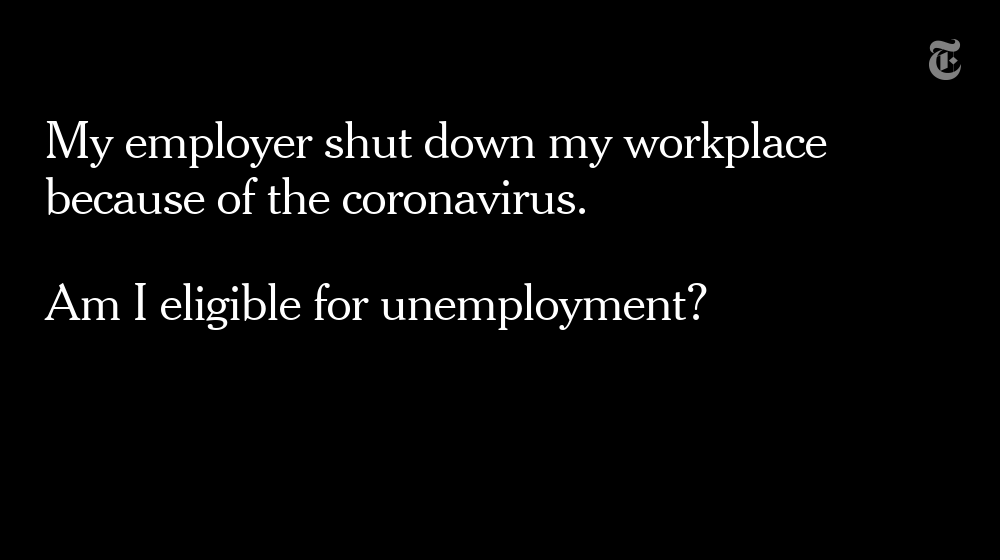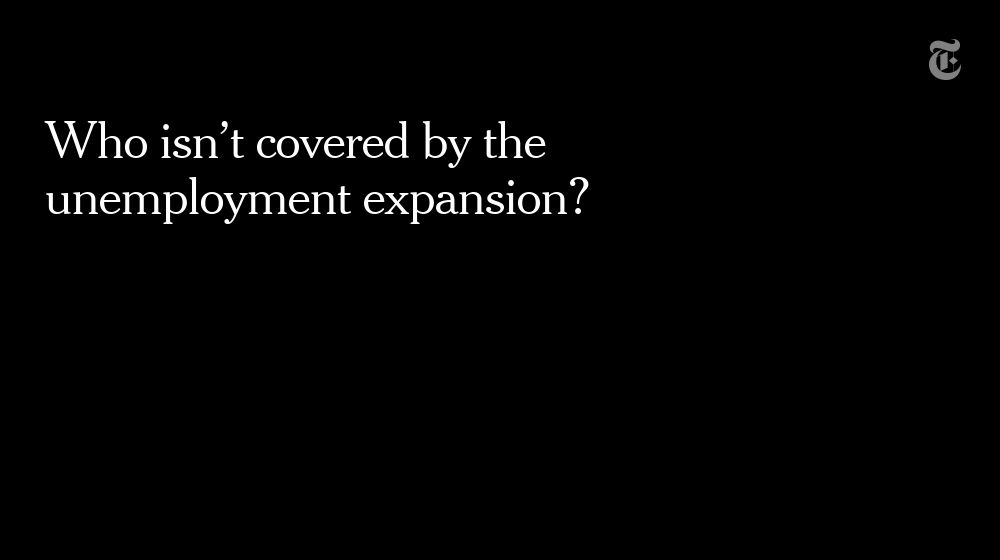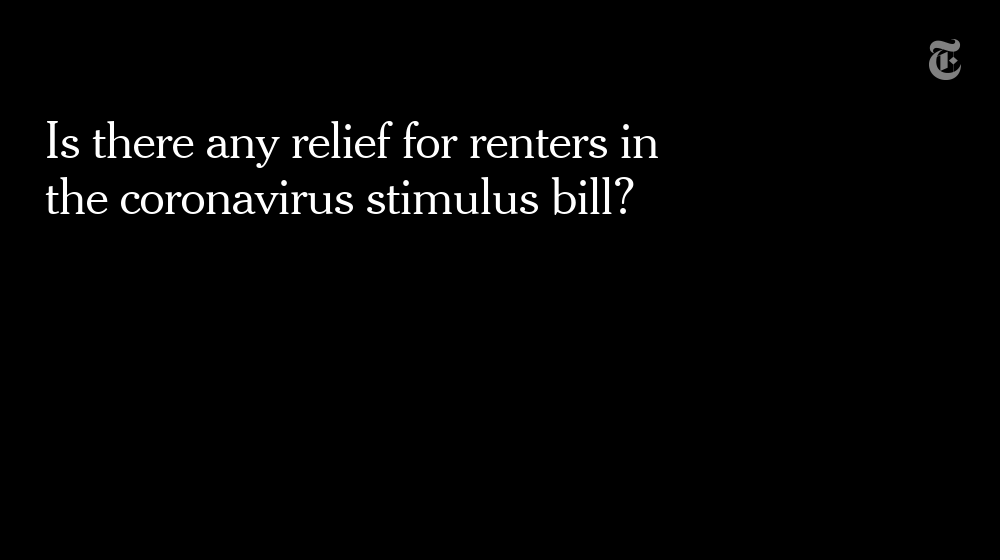The $2 trillion coronavirus stimulus package will send money directly to Americans and do much more. But how much can you expect to see — and when?
Here are some answers to your questions about the law. https://nyti.ms/2R1u8MM ">https://nyti.ms/2R1u8MM&q...
Here are some answers to your questions about the law. https://nyti.ms/2R1u8MM ">https://nyti.ms/2R1u8MM&q...
There& #39;s no need to apply if the IRS has your information from your 2018 or 2019 tax return, or if you receive Social Security retirement benefits. If you have given them bank account information, the money will arrive by direct deposit. https://nyti.ms/3aOlXvn ">https://nyti.ms/3aOlXvn&q...
The payment depends on your income last year.
A single adult who made $75,000 or less will get $1,200. Married, childless couples filing taxes jointly earning $150,000 or less will see $2,400 total. For every child age 16 or under, there will be an additional $500.
A single adult who made $75,000 or less will get $1,200. Married, childless couples filing taxes jointly earning $150,000 or less will see $2,400 total. For every child age 16 or under, there will be an additional $500.
Payments decrease for individuals making more than $75,000 and married couples earning more than $150,000. They stop altogether for single people earning $99,000 or married people with no children earning $198,000. https://nyti.ms/3aOlXvn ">https://nyti.ms/3aOlXvn&q...
The U.S. Treasury Department has said that most people should get their money by April 17 https://nyti.ms/3aOlXvn ">https://nyti.ms/3aOlXvn&q...
College students won& #39;t receive stimulus payments if anyone claims them as a dependent on a tax return.
Usually, students under the age of 24 are dependents in the eyes of the taxing authorities if a parent pays for at least half of their expenses. https://nyti.ms/3aOlXvn ">https://nyti.ms/3aOlXvn&q...
Usually, students under the age of 24 are dependents in the eyes of the taxing authorities if a parent pays for at least half of their expenses. https://nyti.ms/3aOlXvn ">https://nyti.ms/3aOlXvn&q...
The plan wraps in far more workers than are usually eligible for unemployment benefits.
The bottom line: Those who are unemployed, are partly unemployed or can& #39;t work for a wide variety of coronavirus-related reasons will be more likely to receive benefits.
The bottom line: Those who are unemployed, are partly unemployed or can& #39;t work for a wide variety of coronavirus-related reasons will be more likely to receive benefits.
Yes, self-employed people are newly eligible for unemployment benefits. Part-time workers are also eligible.
How much you& #39;ll receive is based on previous income, using a formula from the Disaster Unemployment Assistance program, according to a congressional aide.
How much you& #39;ll receive is based on previous income, using a formula from the Disaster Unemployment Assistance program, according to a congressional aide.
If you’ve received a coronavirus diagnosis, have symptoms or are seeking a diagnosis — and you’re unemployed, partly unemployed or can& #39;t work as a result — you will be covered.
The same goes if you must care for a member of your family or household who has received a diagnosis.
The same goes if you must care for a member of your family or household who has received a diagnosis.
Yes. If you are unemployed, partly unemployed or unable to work because your employer closed down, you’re covered under the unemployment program.
But if instead, you quit your job as a direct result of coronavirus, it gets complicated. Read more here: https://nyti.ms/3aOlXvn ">https://nyti.ms/3aOlXvn&q...
But if instead, you quit your job as a direct result of coronavirus, it gets complicated. Read more here: https://nyti.ms/3aOlXvn ">https://nyti.ms/3aOlXvn&q...
Workers who are able to work from home, and those receiving paid sick leave or paid family leave, are not covered in the expanded unemployment program. New entrants to the work force who cannot find jobs are also ineligible. https://nyti.ms/3aOlXvn ">https://nyti.ms/3aOlXvn&q...
For renters, the bill puts in place a temporary, 120-day nationwide eviction moratorium for anyone whose landlords have mortgages backed or owned by Fannie Mae, Freddie Mac or other federal entities. It also prevents those landlords from charging fees for anyone not paying rent.
Read more answers to frequently asked questions about the coronavirus bill here https://nyti.ms/3aOlXvn ">https://nyti.ms/3aOlXvn&q...

 Read on Twitter
Read on Twitter